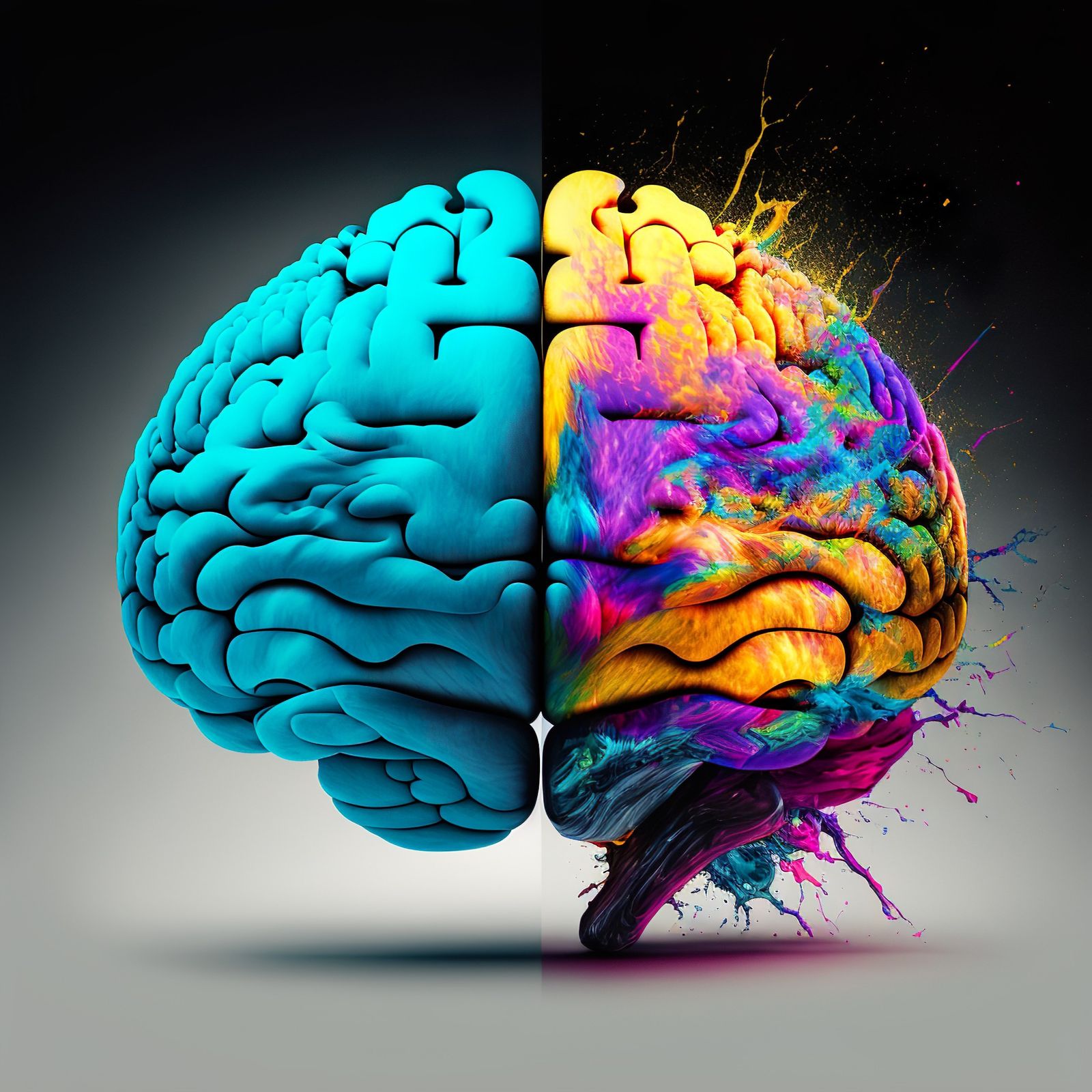Introduction To Ux And Ui Design
In today’s digital landscape, the terms “UX” and “UI” are often used interchangeably, leading to confusion about their actual meanings. However, understanding the difference between User Experience (UX) design and User Interface (UI) design is crucial for creating successful digital products. UX design focuses on enhancing user satisfaction by improving the usability, accessibility, and overall experience of a product. It involves extensive research, user testing, wireframing, and prototyping to ensure that users can easily navigate and interact with a digital interface.
On the other hand, UI design deals with the visual elements of a product that users directly interact with. It includes designing attractive layouts, selecting appropriate colors and typography, and creating interactive elements that make the interface visually appealing.
Defining Ux Design And Its Role
User Experience (UX) design refers to the process of enhancing user satisfaction by improving the usability, accessibility, and pleasure provided in the interaction between a user and a product. It focuses on understanding users’ needs, goals, behaviors, and emotions to create a seamless experience that meets their expectations. The role of UX design is multidimensional. It involves conducting research to gain insights into user behavior, developing personas to represent target users, creating wireframes and prototypes to visualize the product’s structure and functionality, and conducting usability testing to validate design decisions.
UX designers collaborate with stakeholders such as developers and UI designers throughout the design process to ensure that the end product meets both business objectives and user needs.
Defining Ui Design And Its Role
User Interface (UI) design refers to the visual and interactive elements of a digital product that users interact with. It focuses on creating a seamless and visually appealing experience for users. UI designers are responsible for designing the layout, colors, typography, and overall aesthetics of a website or application. The role of UI design is crucial in ensuring user satisfaction and usability.
A well-designed interface enhances user engagement by providing intuitive navigation, clear call-to-action buttons, and easy-to-understand visual cues. It aims to create a visually appealing interface that aligns with the brand’s identity while also considering accessibility standards. UI design collaborates closely with UX (User Experience) design as they work hand in hand to deliver a holistic user-centered experience.
Key Differences Between Ux And Ui Design
1. Focus: User Experience (UX) design primarily focuses on the overall experience a user has while interacting with a product or service. It involves understanding user behavior, conducting research, and creating intuitive and seamless interactions. 2. User Interface (UI) design, on the other hand, focuses on the visual aspects of a product or service. It encompasses designing attractive layouts, selecting color schemes, typography, icons, and other visual elements to enhance usability.
3. Skills required: UX designers need to have strong analytical skills to conduct research and understand user needs. They also require empathy and creativity to create meaningful experiences. UI designers need expertise in graphic design principles, typography, color theory, and visual communication. 4.
Importance Of Collaboration Between Ux And Ui Designers
The collaboration between UX and UI designers is of paramount importance in creating successful digital experiences. While UX designers focus on understanding user needs, behavior, and interactions with a product, UI designers are responsible for visually translating these insights into an appealing and functional interface. By working together closely, they can ensure that the design solution not only meets users’ expectations but also aligns with business goals.
The collaboration allows for a seamless integration of user research findings into the visual design process, resulting in a cohesive and intuitive user experience. Moreover, by sharing their expertise and perspectives, UX and UI designers can challenge each other’s assumptions, leading to more innovative and user-centric designs. Ultimately, the collaboration between these two disciplines enhances the overall quality of digital products.
The User-Centered Approach In Ux Design
The user-centered approach is a fundamental principle in UX design, aimed at creating products that meet users’ needs and expectations. At its core, this approach involves understanding the users’ behaviors, goals, and motivations. By conducting thorough research, UX designers gain insights into user preferences and pain points, enabling them to create intuitive and meaningful experiences.
To achieve a user-centered design, UX professionals employ various techniques such as user interviews, surveys, and usability testing. These methods help identify user requirements and validate design decisions throughout the development process. By empathizing with users’ perspectives, UX designers can bridge the gap between their expectations and the final product.
Ultimately, a successful user-centered approach in UX design ensures that every interaction is tailored to the users’ needs while delivering an enjoyable experience.
The Visual Aesthetics Focus In Ui Design
The visual aesthetics focus in UI design encompasses the visual elements that make up the user interface. It involves designing visually appealing layouts, color schemes, typography, and iconography that create a cohesive and engaging user experience. UI designers leverage their creative skills to ensure that the interface is visually pleasing, intuitive, and easy to navigate. They carefully select colors that evoke certain emotions or associations and choose typography that enhances readability and reflects the brand’s personality.
Additionally, they use icons strategically to communicate information quickly and efficiently. The ultimate goal of UI design is to create a visually appealing interface that not only captures users’ attention but also enhances their overall experience with the product or service.
Conclusion: The Complementary Nature Of Ux And Ui Design
In conclusion, it is evident that UX and UI design are two distinct but interdependent disciplines that play a crucial role in creating successful digital experiences. While UX focuses on the overall user journey, understanding user needs and goals, UI design is responsible for visually translating these insights into intuitive and aesthetically pleasing interfaces. The complementary nature of UX and UI design lies in their collaborative approach towards enhancing the user experience.
By working together, designers can create cohesive and seamless interactions that delight users while ensuring functionality and usability. Without a well-crafted UI design, even the most thoughtfully planned UX may fail to engage users effectively. Similarly, a visually appealing interface without a solid foundation of UX principles may result in frustration or confusion for users.
Leave a Reply
You must be logged in to post a comment.


